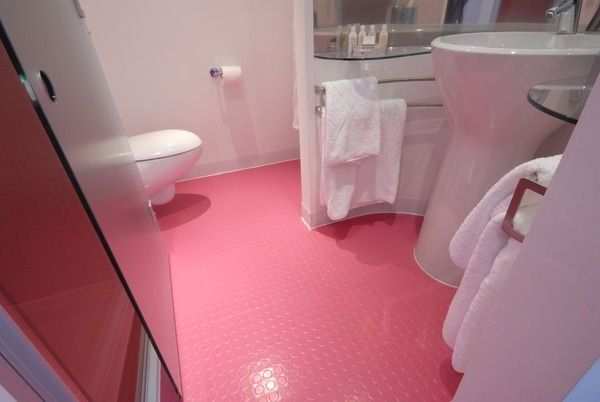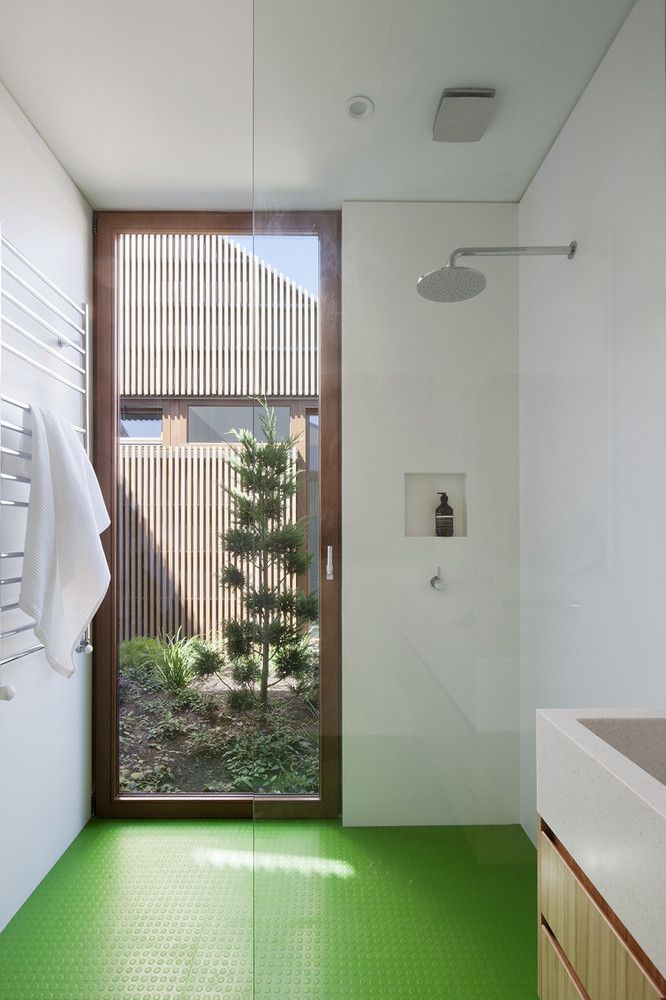Table of Contents
Toggle
The installation process of Rubber Mats for Floors :
The installation process of Rubber Mats for floors is simple and straightforward, making it an ideal choice for DIY enthusiasts. Here is a step-by-step guide to installing rubber mats for floors:
- Prepare the Subfloor: Ensure that the subfloor is clean, dry, and level. Remove any existing flooring and repair any cracks or damage.
- Acclimate the Tiles: Allow the rubber mats for floors to acclimate to the room temperature for at least 48 hours before installation. This helps prevent expansion or contraction of the tiles after installation.
- Plan the Layout: Determine the layout of the tiles before installation. Start from the center of the room and work your way outwards. This ensures a balanced and symmetrical look.
- Install the First Row: Begin by laying the first row of tiles along one wall, using spacers to maintain an even gap between the tiles and the wall. Trim the tiles as needed to fit the space.
- Interlock the Tiles: Connect the second row of tiles to the first row by interlocking the edges. Use a rubber mallet or a tapping block to ensure a tight and secure fit.
- Continue Installation: Continue installing the tiles row by row, interlocking the edges as you go. Trim the tiles as necessary to fit around corners or obstacles.
- Finishing Touches: Once all the tiles are installed, remove the spacers, and install baseboards or trim to cover the expansion gaps around the edges of the room.
- Clean and Enjoy: Clean the newly installed rubber mat with a damp mop or cloth to remove any dirt or debris. Enjoy your new cost-effective and attractive flooring!
TYPES OF PLACES WHERE YOU CAN PLACE RUBBER MATS:
Gymnasium floors
Fitness centre floors
Weightlifting room floors
CrossFit studio floors
Dance studio floors
Yoga studio floors
Martial arts studio floors
Basketball court floors
Volleyball court floors
Tennis court floors
Indoor track floors
Playground floors
Outdoor sports court floors
Garage floors
Workshop floors
Industrial facility floors
Retail store floors
Restaurant kitchen floors
Food processing facility floors
Hospital floors
Clinic floors
School classroom floors
Library floors
Office building floors
Hotel lobby floors
Airport terminal floors
Museum floors
Exhibition hall floors
Trade show booth floors

Frequently asked questions: Rubber Mats for Floors
How long do rubber floor mats last?
Rubber floor mats can last for many years, depending on the quality of the mat and the amount of wear and tear they experience. On average, rubber floor mats can last anywhere from 5 to 10 years or more with proper care.
How do you care for a rubber mat?
To care for a rubber mat, you can follow these steps:
- Regularly sweep or vacuum the mat to remove dirt and debris.
- Use a mild soap or detergent mixed with water to clean the mat. Avoid using harsh chemicals or abrasive cleaners.
- Scrub the mat gently with a soft brush or cloth to remove any stains or stubborn dirt.
- Rinse the mat thoroughly with clean water and allow it to air dry completely before placing it back in its designated area.
Do I need to put anything under rubber flooring?
In most cases, rubber flooring does not require anything to be placed underneath it. Rubber flooring is typically heavy and dense enough to stay in place without the need for adhesives or additional padding. However, in certain situations, such as high-traffic areas or uneven surfaces, using a rubber underlayment or adhesive may be necessary for added stability and support.
What is a good cleaner for rubber floor mats?
A mild soap or detergent mixed with water is a good cleaner for rubber floor mats. Avoid using harsh chemicals or abrasive cleaners, as they can damage the rubber. Alternatively, you can use a vinegar and water solution for cleaning rubber floor mats, as vinegar is a natural and effective cleaner.
Can you leave rubber mats outside?
Yes, rubber mats can be left outside. Rubber is a durable material that is resistant to various weather conditions. However, prolonged exposure to direct sunlight or extreme temperatures may cause the rubber to degrade over time. It is recommended to periodically clean and inspect outdoor rubber mats to ensure their longevity.
Do rubber mats get hot in the sun?
Rubber mats can get hot in the sun, especially if they are exposed to direct sunlight for extended periods. The dark colour of most rubber mats absorbs heat, causing them to become hot to the touch. It is advisable to use caution when walking on hot rubber mats and consider providing shade or using lighter-coloured mats in areas with intense sunlight.
Can you use vinegar on rubber flooring?
Yes, vinegar can be used on rubber flooring. Vinegar is a natural and effective cleaner that can help remove stains and dirt from rubber surfaces. However, it is important to dilute the vinegar with water before using it on rubber flooring to avoid any potential damage. Additionally, it is recommended to assess a small, inconspicuous area of the rubber flooring first to ensure compatibility.
What does bleach do to rubber?
Bleach can have a damaging effect on rubber. It can cause the rubber to become discoloured, brittle, and weakened over time. It is not recommended to use bleach on rubber surfaces unless specifically instructed by the manufacturer. It is advisable to use mild cleaners and avoid harsh chemicals when cleaning rubber.
